 Lesson 1 in a series: What my infant has taught me about blogging/content marketing
Lesson 1 in a series: What my infant has taught me about blogging/content marketing
My son was born exactly 6 months ago today. As any new parent can attest, my life has gone from a regular work, eat, sleep, [repeat] routine to a whirlwind of spit up, shit up, sporadic napping and a whole lot of ‘firsts’ for both of us. My love for my baby boy runs deep. Already, I can’t imagine a world without him. While it might seem that I am teaching and moulding this new being into the kind, compassionate and thoughtful human that I wish everyone could be, the truth is, he really is the one who has been teaching me about life’s deeper dimensions...and how to function on much less sleep.
And while learning these big lessons of life, my life as a content marketer has been influenced as well. I see what we do to build brand communities and grow businesses for niche clients in a different way as well and I have decided to collect a few of these lessons. Here are a few important lessons I have learned from being a new mom that apply to growing brand communities.
Lesson Number 1. Telling a story isn’t enough
Tell a long story to an infant and see how long his attention lasts. On a good day, you might hold his gaze for 30 seconds. Now tell a long story to your social business audience. On a good day, they might stop reading after 30 seconds.
In today’s content rich society, readers are getting slammed on all fronts with news, articles, blog content, and funnies. On a daily basis we spend several minutes a day fending off content that comes from a variety of channels. In fact, most days I feel like I am more of a content ninja - stealthily killing content and chopping bad subscriptions - than a consumer. The point is, the story you want to tell or the message you are trying to convey needs to lock and load the reader. Here are a few tips that are tried and tested on my 6 month old budding human:
Tell stories with pictures!
I remember a time in my own childhood that I wouldn't look twice at a piece of reading material if it didn't have some visual stimulus. I didn’t judge a book by it’s cover, but I certainly did judge it by the volume of imagery. Visuals are an important element for drawing the audience in and keeping them engaged.
The evidence is in the platforms. Such consumption applications as Instagram and Pinterest hinge almost entirely on visual delights. Facebook and Google+ have adopted much more visually gratifying formats as well. Find a way to catch your reader’s eye with something aesthetic.
One, two, buckle my...?
Engage your audience. Giving them an opportunity to weigh in and keep the conversation going, or providing interactive points is a great way to achieve reader buy-in, and keep them checking back for more. It isn’t enough to just broadcast to your readers anymore, they don’t just want to listen. They want to participate, they want to be a part of the story you are telling.
How do you engage your child? #thisissocial
— kellylawson (@kellylawson) June 8, 2013
A catchy title seals the deal.
If people aren't judging books by their covers and pictures, they will judge a story by its title. As 60s copywriting legend David Ogilvy says,
“on average, five times as many people read the headlines as read the body copy. When you have written your headline, you have spent 80 cents out of your dollar.”
If you don’t hook your reader with a compelling title, your story and message won't make it past the content ninja phase.
Go the f*ck to sleep.
(I didn't make that title up) Like a lullabye, once you've written and read and re-read and re-edited your content, it all begins to sound the same. If what you have to say isn't time sensitive, take a night and sleep on it. Revisit it in the morning with a fresh outlook. If time is a factor, pass it over to a trusted third-party editor because you're too tired of it to make a good judgement. You will be amazed at how your perspective will change, and the errors you will have missed.
Watch for LESSON NUMBER 2 next week: Why community matters and mean people suck...and, tell me about your experiences with engaging your audience, infants, adults, spouse, cats...what works? What doesn't?
Sign up for our updates if you haven’t already
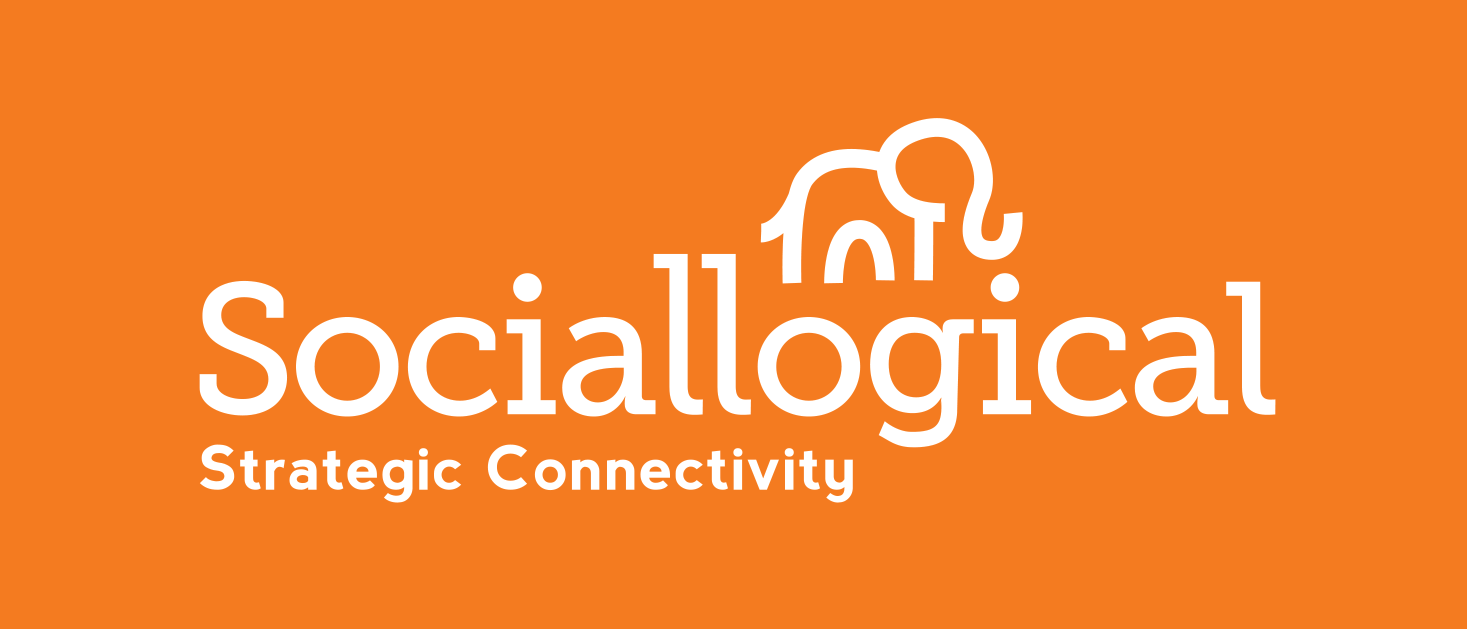


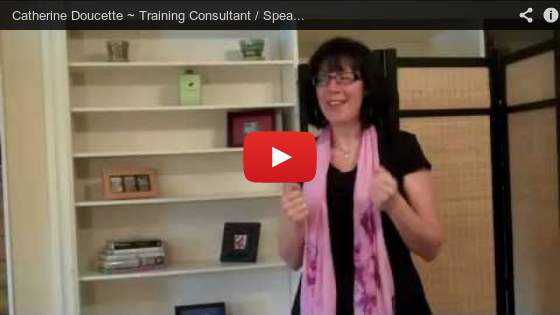
 Not everyone is social in the offline world and I meet so many people who are afraid to be social in the online world. If I can't find something to say in person, what do I say online?
Not everyone is social in the offline world and I meet so many people who are afraid to be social in the online world. If I can't find something to say in person, what do I say online?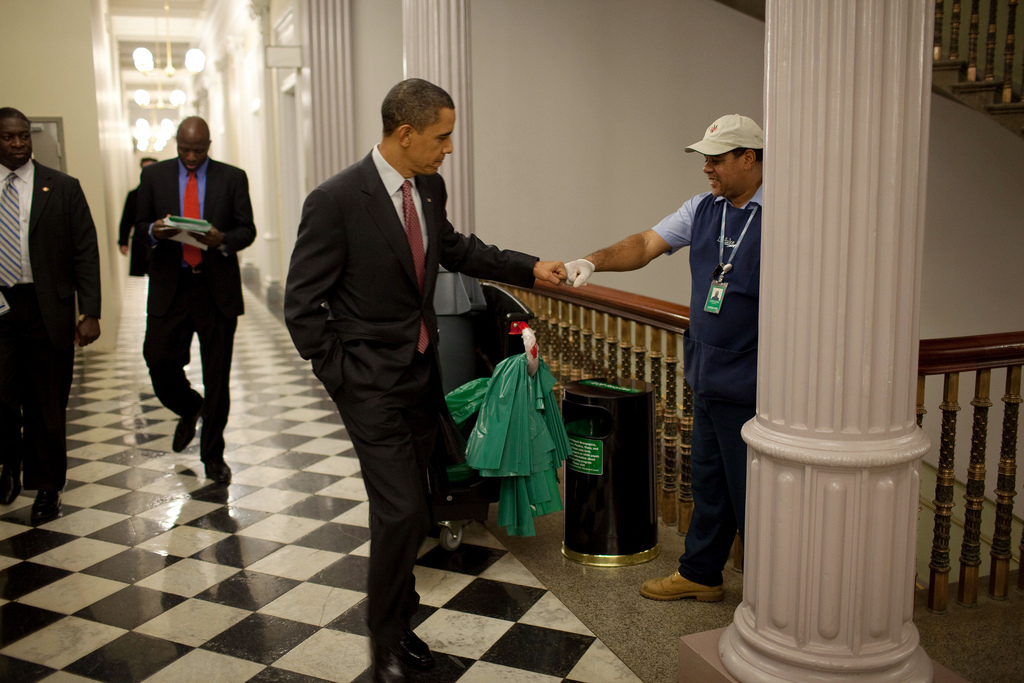
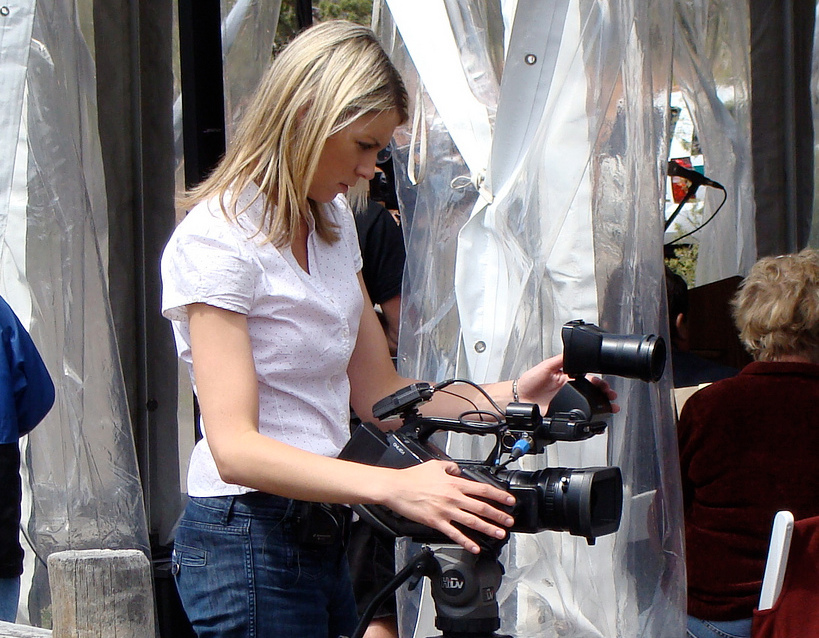
 Have you ever noticed the unique bonds that are forged between you and the people who have shared an experience with you? Some experiences are traumatic, some adventurous, some beautiful, and some are downright awful. But if you experience something with another person, whether you are strangers or old friends, that experience will create a strengthened relationship between you that is incredibly unique. I call this the Shared Story Experience.
Have you ever noticed the unique bonds that are forged between you and the people who have shared an experience with you? Some experiences are traumatic, some adventurous, some beautiful, and some are downright awful. But if you experience something with another person, whether you are strangers or old friends, that experience will create a strengthened relationship between you that is incredibly unique. I call this the Shared Story Experience.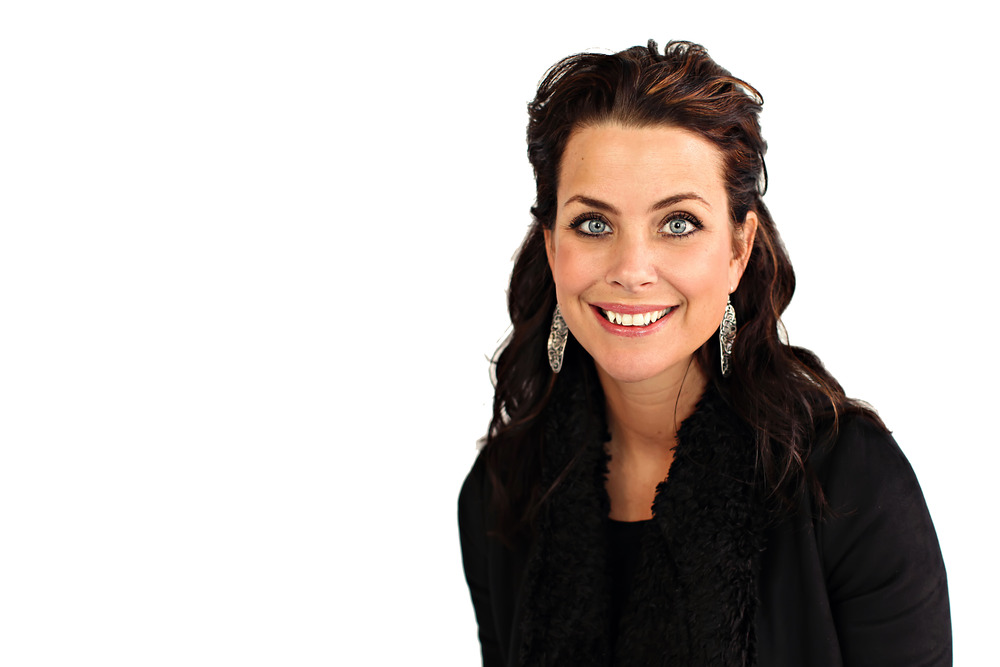 In the business world, we aren’t meeting in office spaces and conference rooms as much as we once used to. Instead, we meet online – a place where we are also making a lot of
In the business world, we aren’t meeting in office spaces and conference rooms as much as we once used to. Instead, we meet online – a place where we are also making a lot of 
 Whether you tell stories that are fictional or fact, it is critical to tell your stories with
Whether you tell stories that are fictional or fact, it is critical to tell your stories with